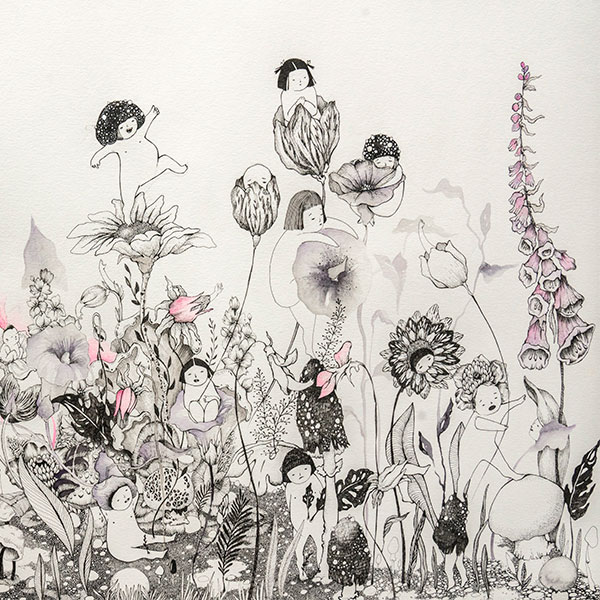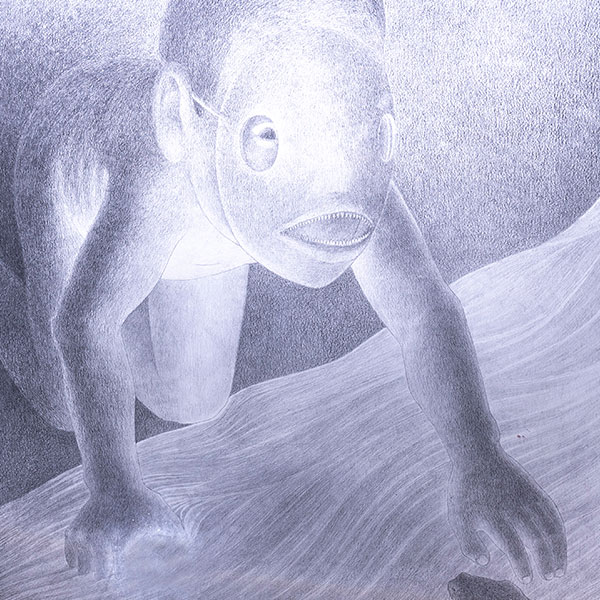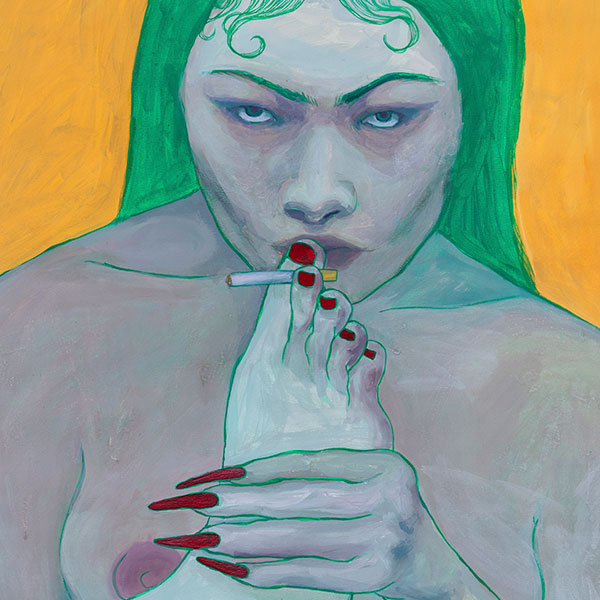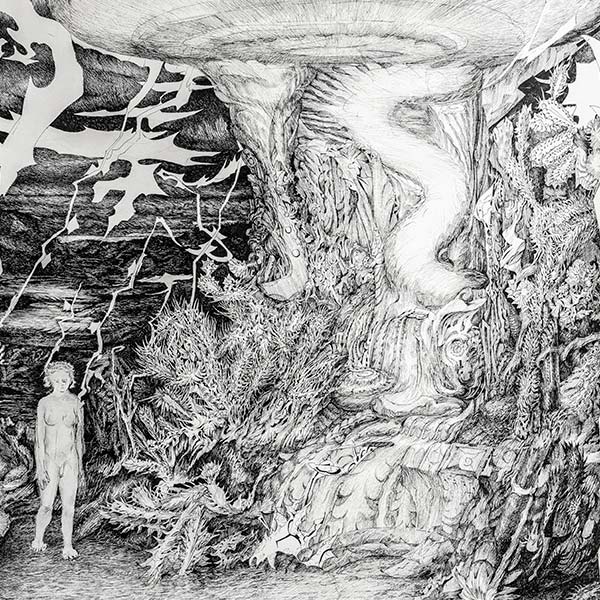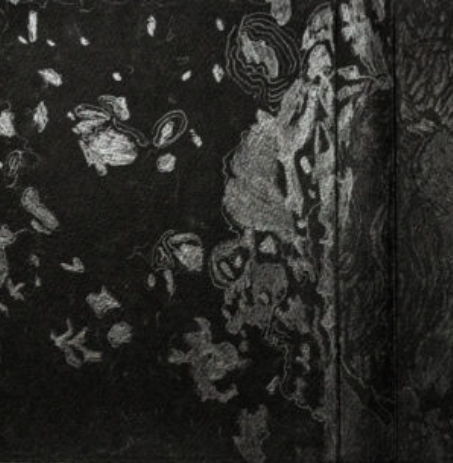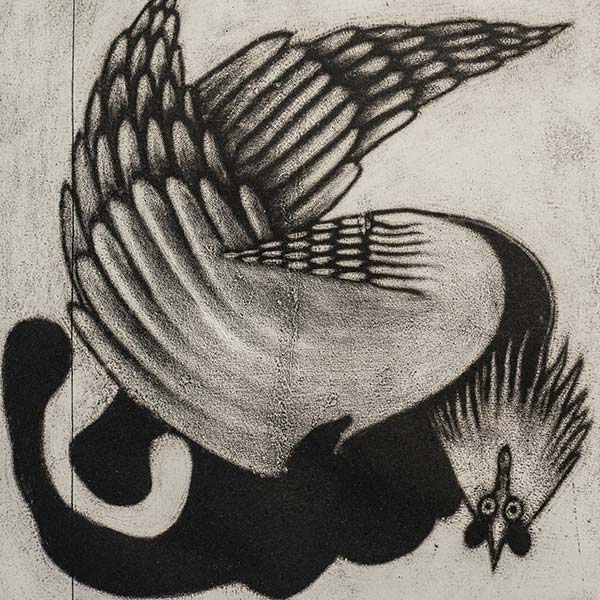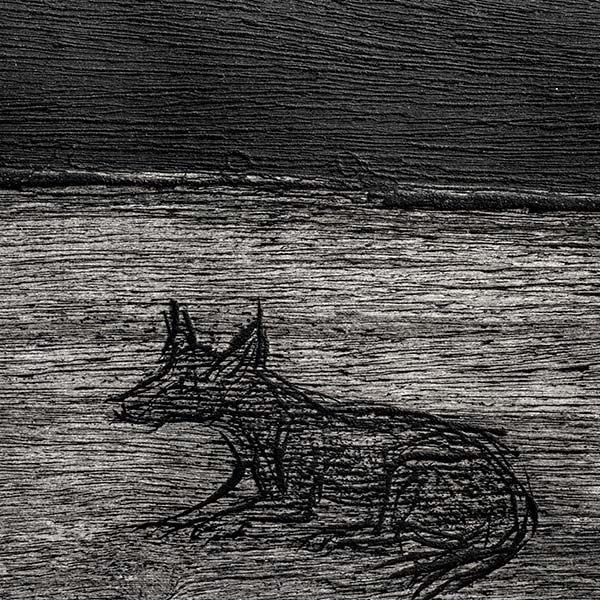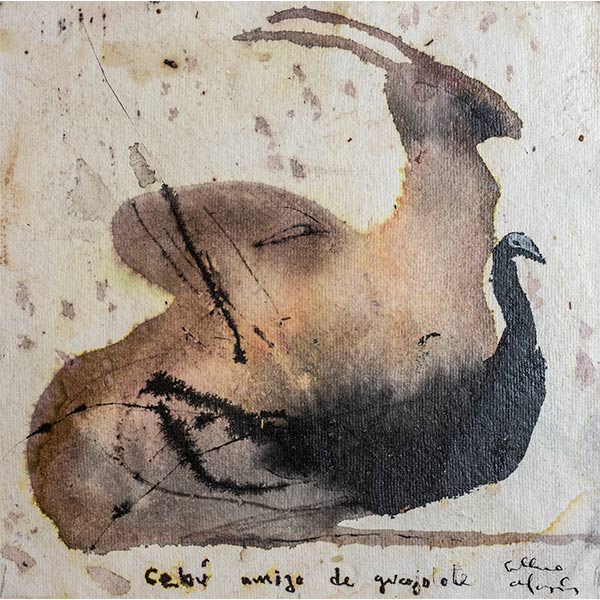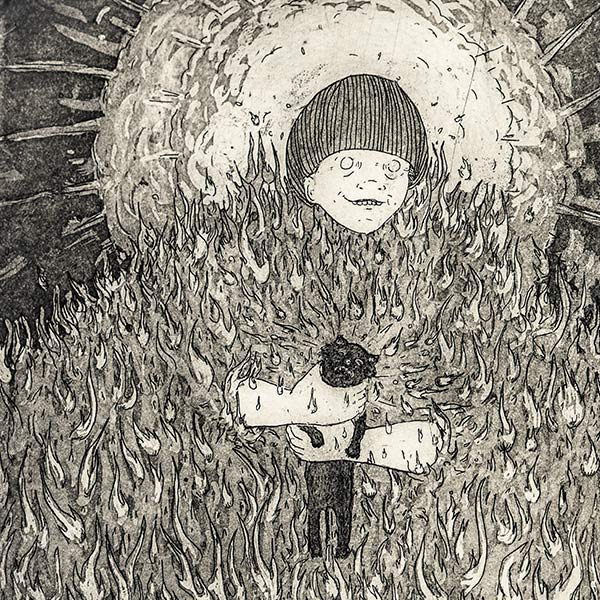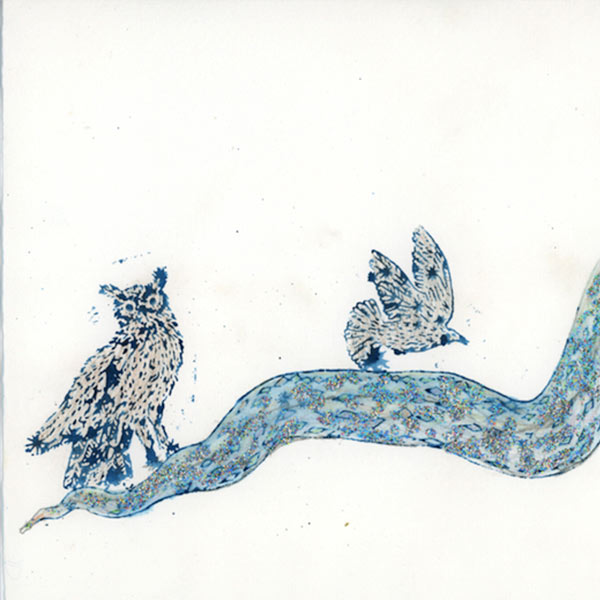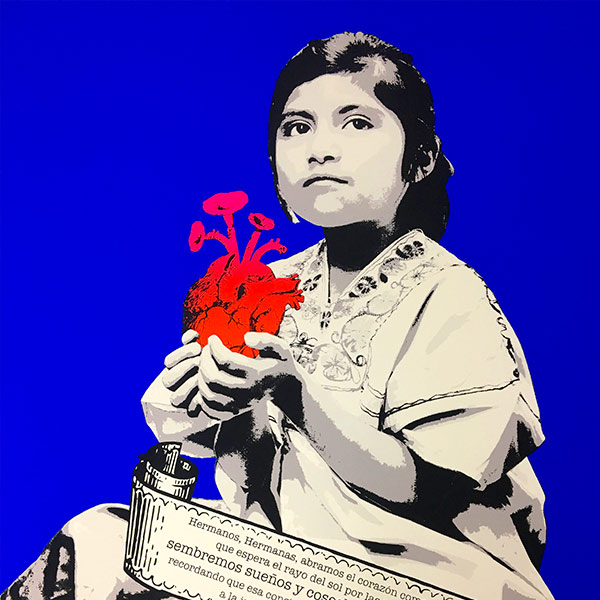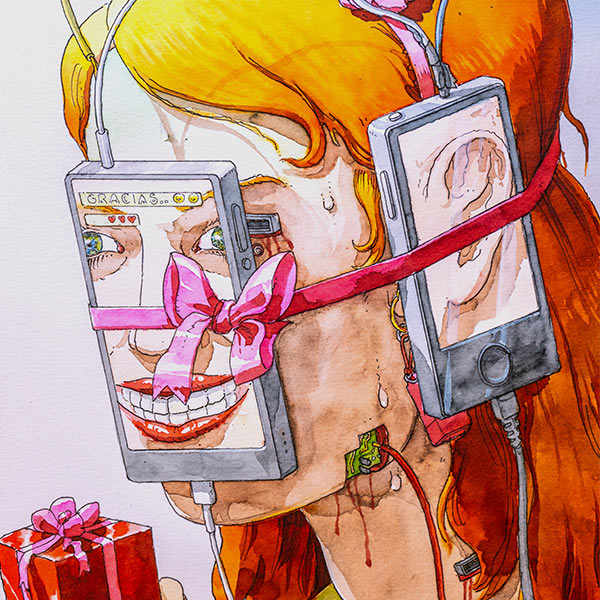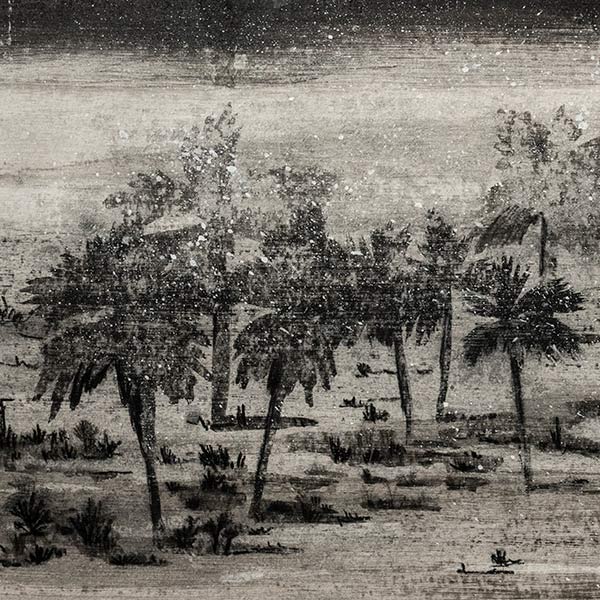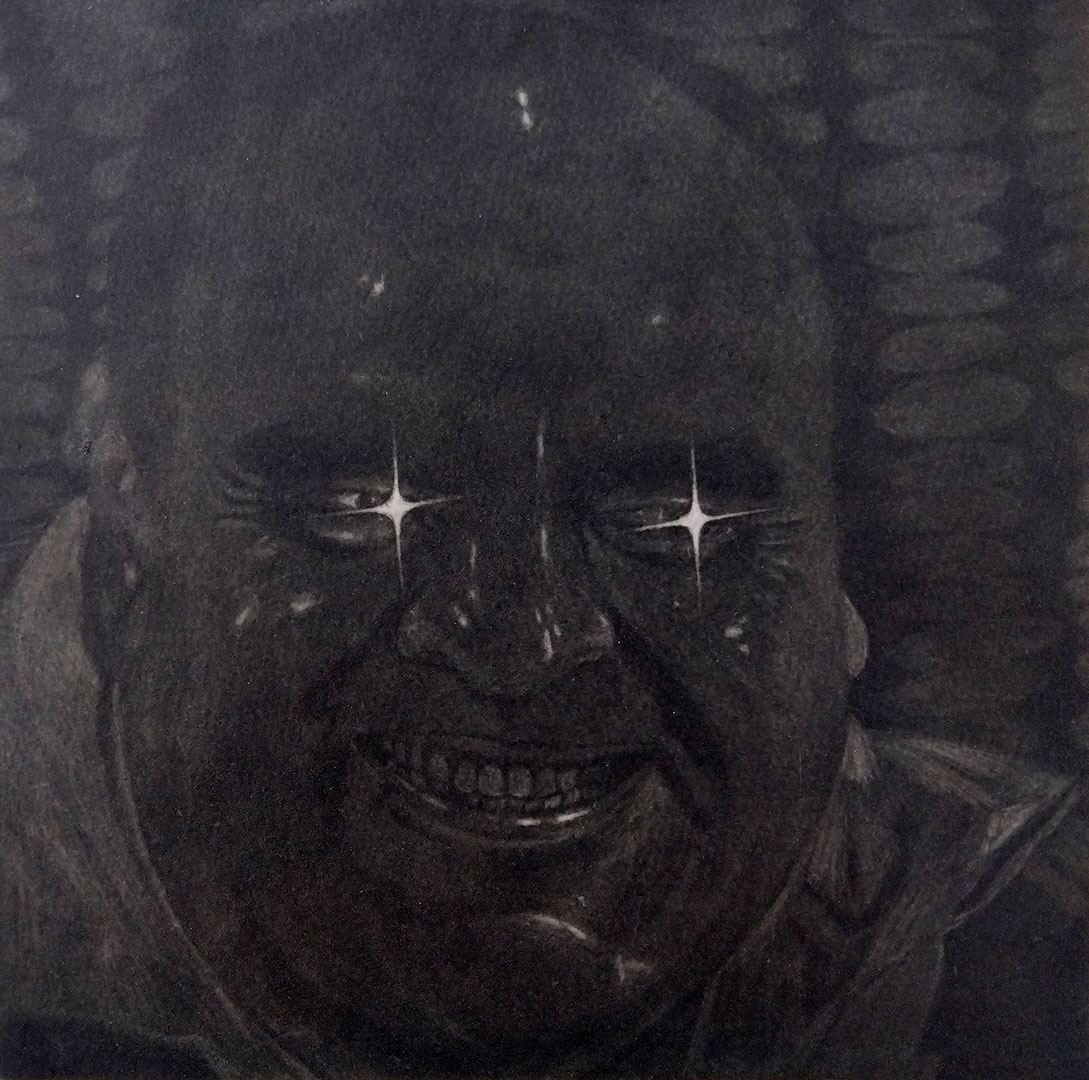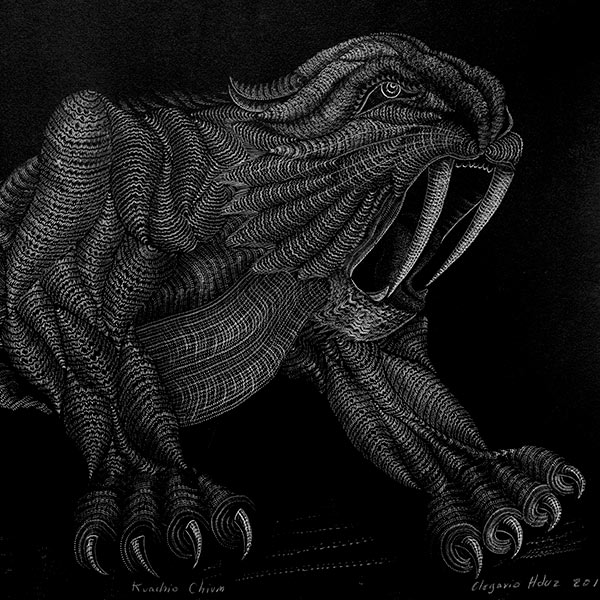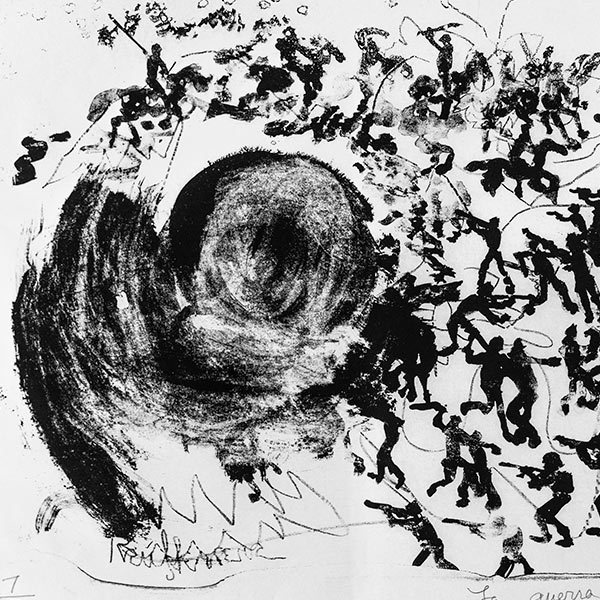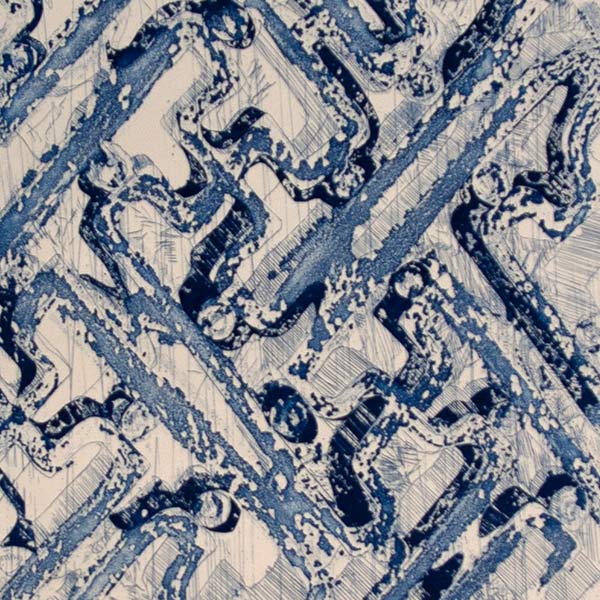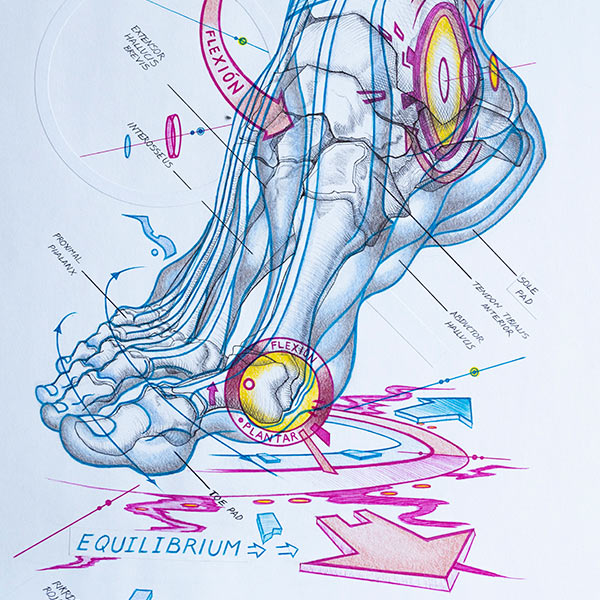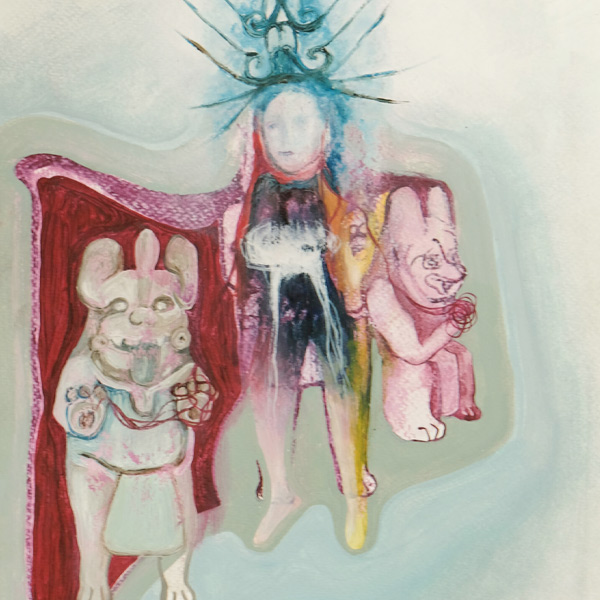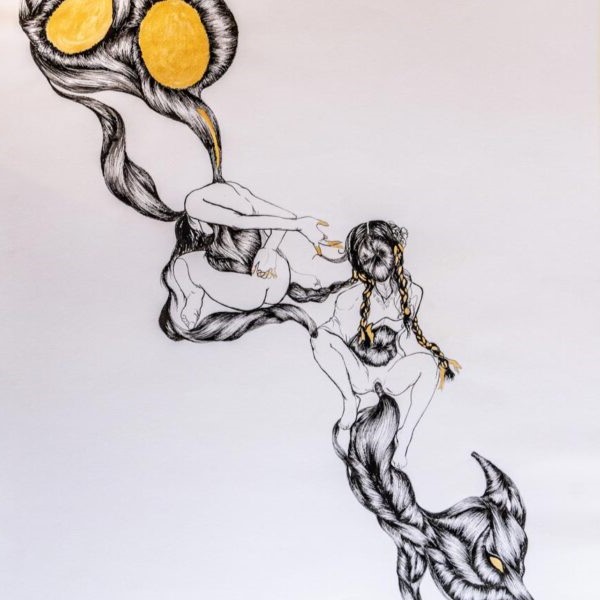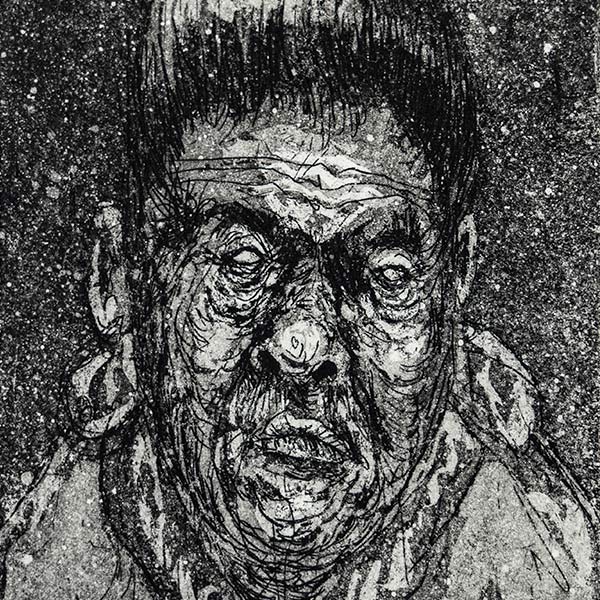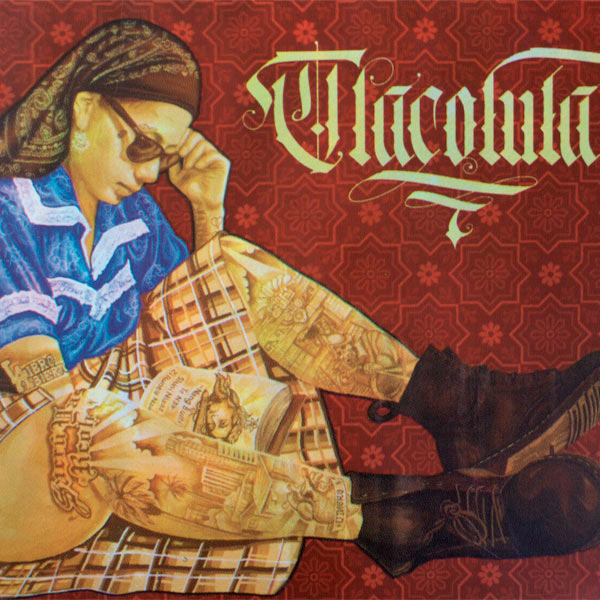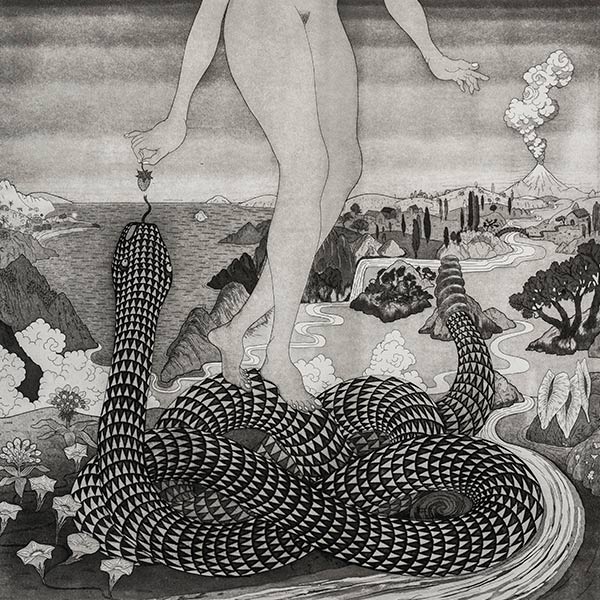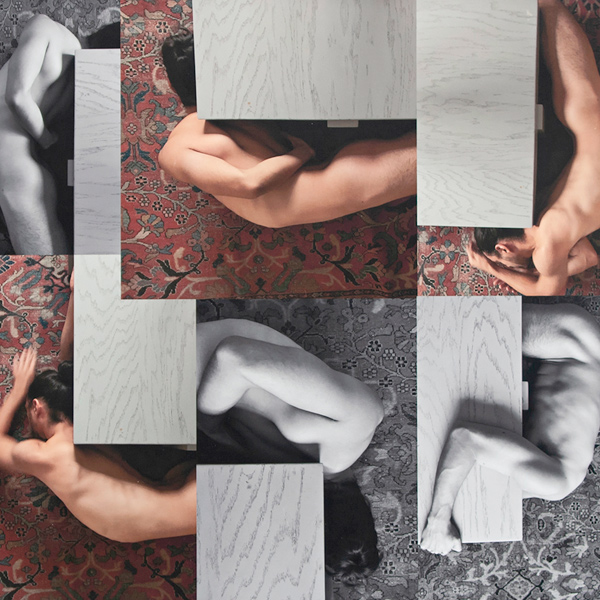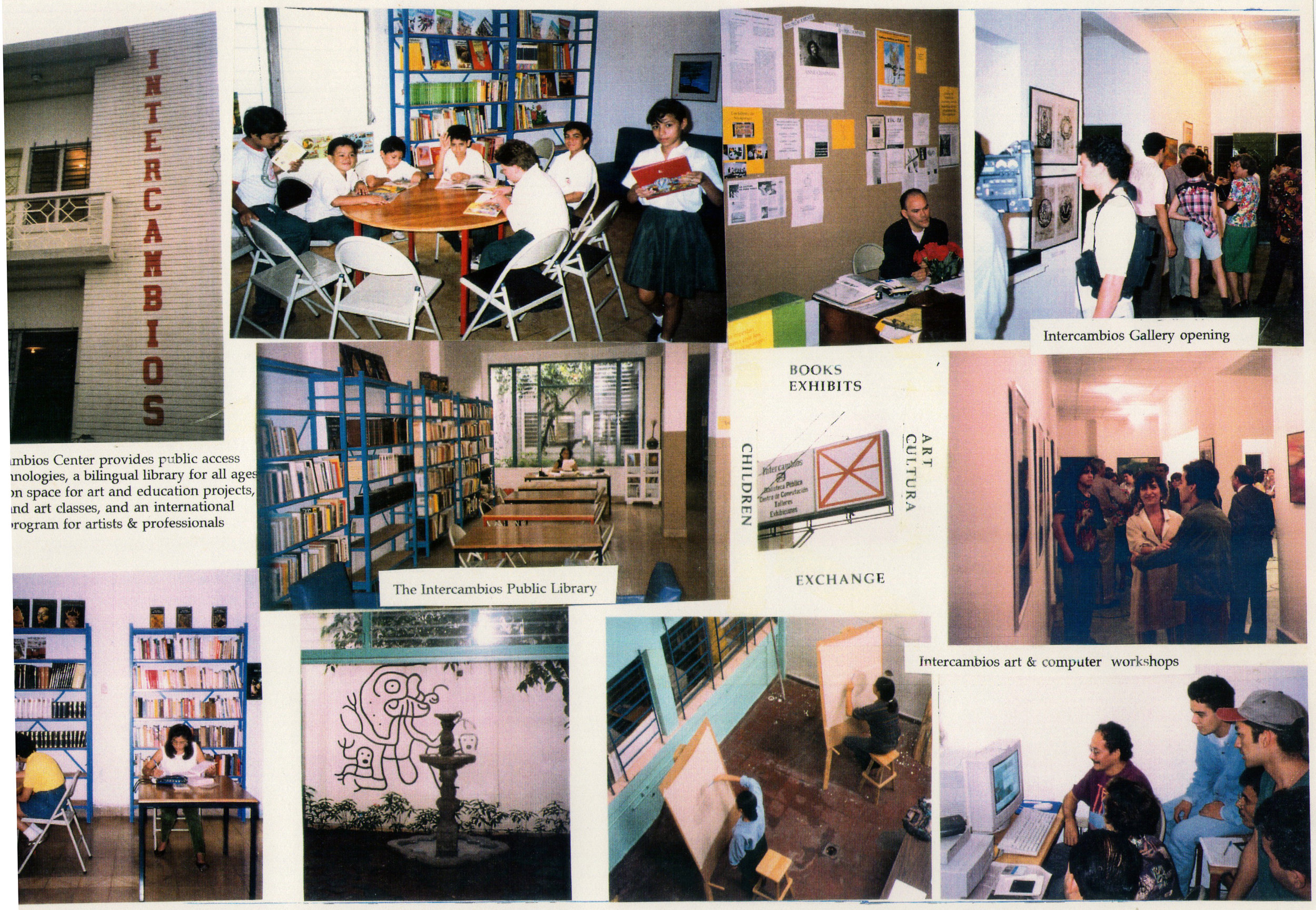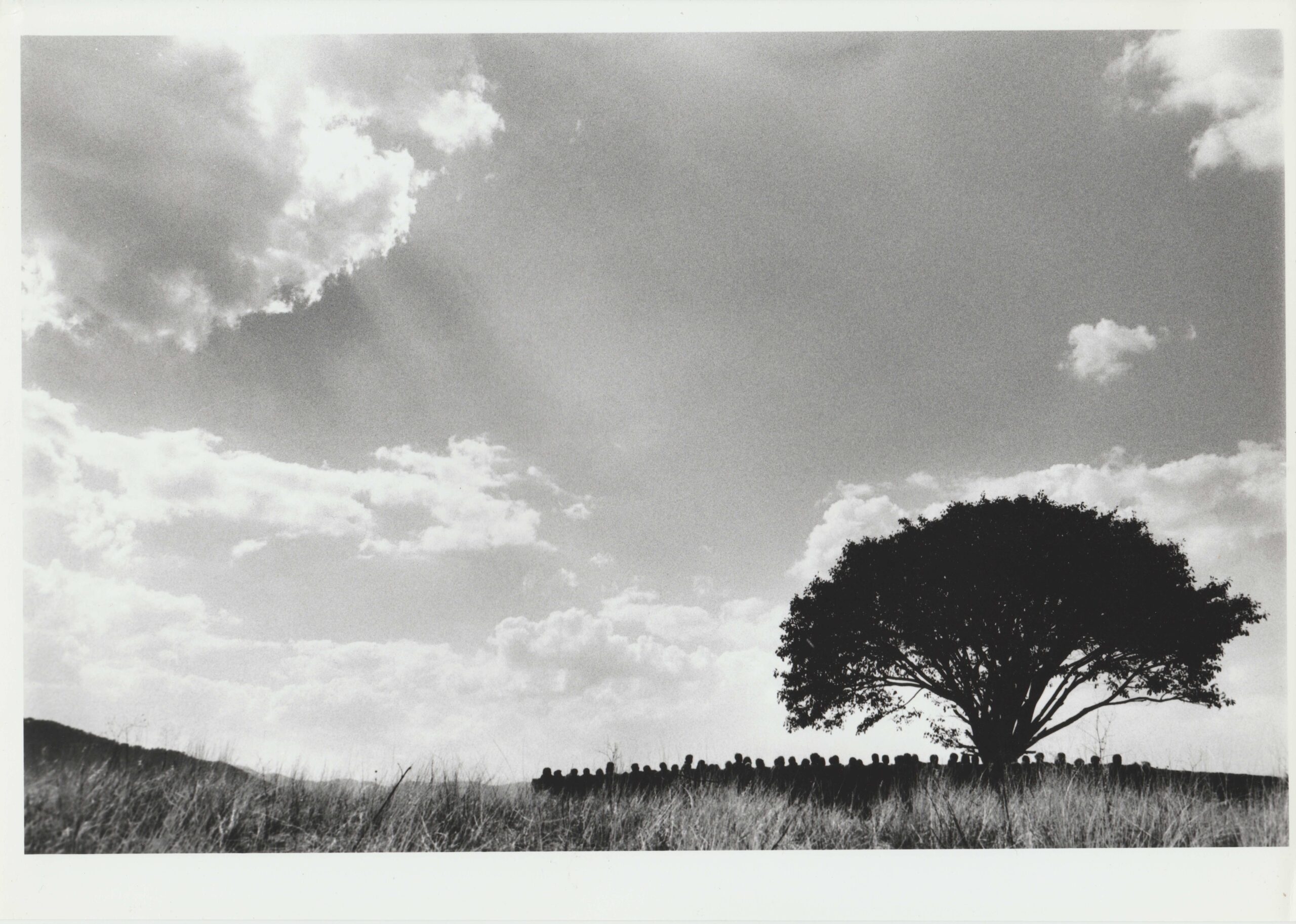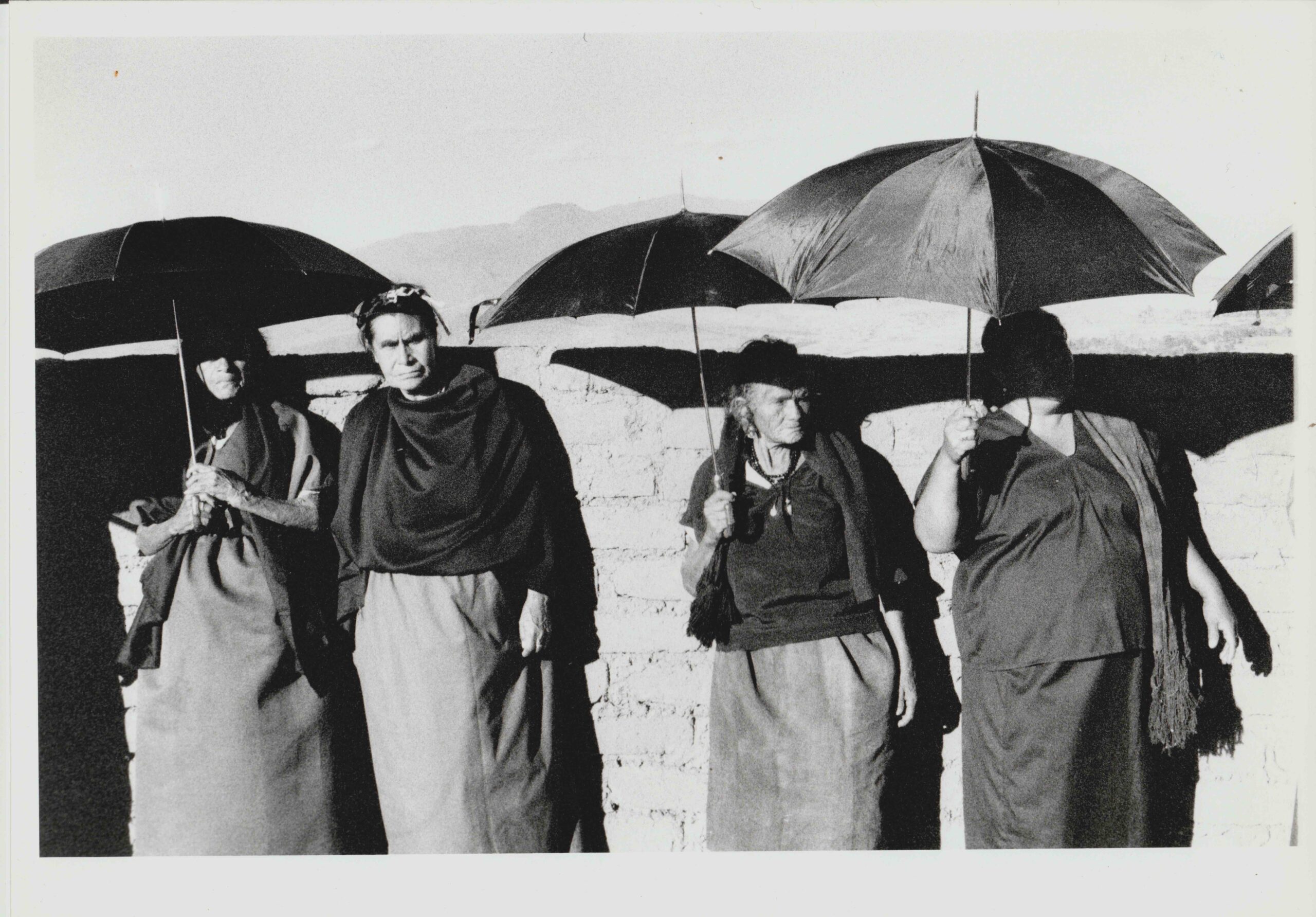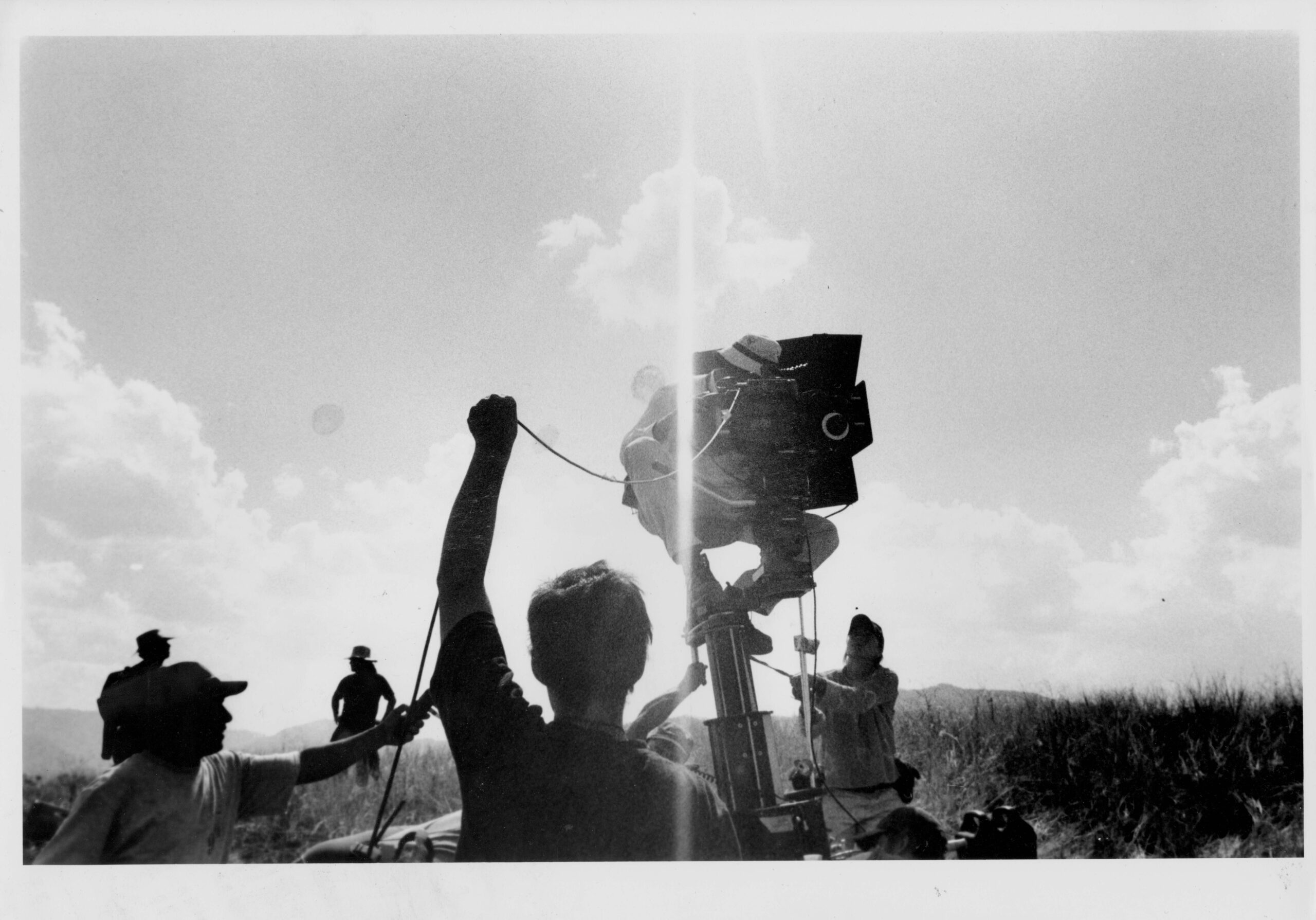Stand By Me
EXHIBITION OF ARTISTS WORKING IN OAXACA
When I first arrived in Oaxaca more than 25 years ago with my husband George Mead Moore and our children, we witnessed many young people avidly looking at the art books of the Instituto de Artes Graficas founded by artist Francisco Toledo, and we had the beautiful feeling that these enthusiasts would abound and flourish. To see these young people studying the work of Dürer, the paintings of Francis Bacon and Remedios Varo, the drawings of Egon Schiele, the engravings of Kathe Kollwitz, and the sculptures of Eva Hesse, among many others, and to now see the explosion of creativity that exists in Oaxaca, in this enriching environment that is the capital of the Mexican indigenous world, with influences from all over the world, and from history and local traditions, mixing in a magnificent syncretism, is a marvel.
It is also a rejection through action of the so-called “Art World” that depends on and derives from theories, concepts and interpretations, and that often ends up empty, without sensation and emotion, in a cold and strategic search for status. To quote the great philosopher Susan Sontag: “Interpretation is the revenge that the intellect takes on art.”
Here in Oaxaca the trip is also the destination, because here making art requires technique, form, learning, dedication, patience, tenacity and everything else that is implicit in drawing, engraving, painting, urban art, and performance. As the poet Adrienne Rich said: “We can also define the “aesthetic”, not as a privileged and sequestered rendering of human suffering, but as news of an awareness, a resistance, which totalizing systems want to quell: art reaching into us for what’s still passionate, still unintimidated, still unquenched.”
The artist in Oaxaca is someone with a trade, with a sensitive and willing public, and is part of a living community, an open, innovative and hospitable collective that welcomes all those who are trying to find relief in the midst of the situation we are experiencing in this country and in this world. We seek to feel and express the pain and joy of being human, without status seeking, without arrogance and without searching for fame in anonymous and ferocious mega cities. The existence of Oaxaca, of the Oaxacan world as a whole, with its artisans, chefs, campesinos, healers, mezcaleras, visual artists, musicians and writers, is definitely a gift to the world.
Alicia Christov (In gratitude to the participants of this exhibition for the “Odisea de Juana”, artists who are portrayed celebrating Oaxaca and the universe in “El Sueño del Cuento de las Doce Princesas”).
Cuando llegamos a Oaxaca, hace más de 20 años, se notaba la cantidad de chavitos devorando los libros de IAGO, y teníamos la bonita sensación de que estas entusiastas semillas iban a abundar y florecer.
Ver a estos jóvenes estudiando detenidamente libros sobre el trabajo de Durero, los cuadros de Francis Bacon, los dibujos de Egon Schiele, los grabados de Kathe Kollwitz, y las esculturas de Eva Hesse, entre muchos otros, y hoy en día ver la explosión de creatividad que hay en Oaxaca, no sólo en el arte visual, sino también en la música y en la literatura, en este ambiente tan enriquecedor que es la capital de facto del mundo indígena mexicano, y ver cómo influencias de todo el mundo, de la historia y de las tradiciones locales, se mezclan en un magnífico sincretismo, es una maravilla.
Es, también, un rechazo a través de la acción, del “Art World”que depende y deriva de teorías, conceptos e interpretaciones, y que seguido termina vacuo, sin sensación y emoción, en una fría y estratégica búsqueda de estatus. Para citar la gran filosofa Susan Sontag “La interpretación es la venganza que toma el intelecto sobre el arte.”
Aquí en Oaxaca el viaje es también el destino, porque aquí el arte requiere de técnica, forma, aprendizaje, entrega, paciencia, tenacidad y de todo lo demás que esta implícito en el dibujo, el grabado, la pintura, el arte urbano, y el performance. Como dijo la poeta Adrienne Rich: “Podemos definir lo ‘estético’ no como una representación privilegiada y secuestrada del sufrimiento humano, sino como una noticia de una conciencia, una resistencia, que los sistemas totalizadores quieren sofocar: el arte que nos alcanza para lo que todavía es apasionado, aún no intimidado, aún sin apagarse.”
El artista en Oaxaca es alguien con un oficio, con un publico sensible y dispuesto, es parte de una comunidad viva, un colectivo abierto, innovador y hospitalario que se abre a todos los que están intentando buscar alivio en medio de la situación que vivimos en este país y en este mundo. Buscamos sentir, y expresar el dolor y la alegría del ser humana, sin trepar, sin presumir, y sin estar extrañando la fama en los grandes urbes anónimos y feroces. Y así es que la existencia de Oaxaca, del mundo Oaxaqueño en su totalidad, comprendiendo artesanos, cocineras, campesinos, curanderas, mezcaleras, artistas visuales, músicos, y escritores, es definitivamente un don y un bien para el mundo.
Alicia Christov, en gratitud para el gran apoyo de todos los participantes de esta exhibición hacia “La Odisea de Juana” artistas quienes están retratados celebrando Oaxaca y el universo en la obra “El Sueño del Baile de las Doce Princesas”
